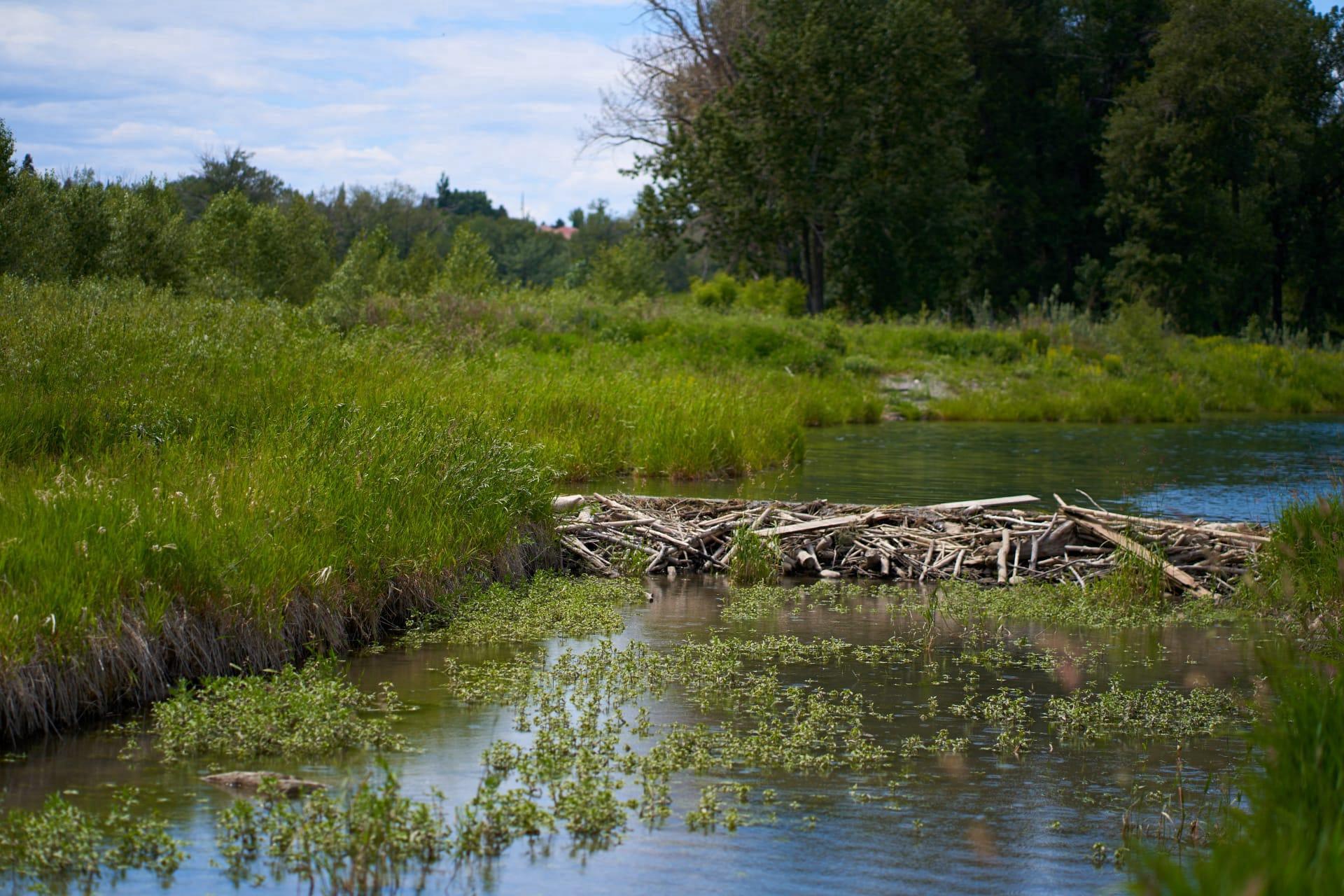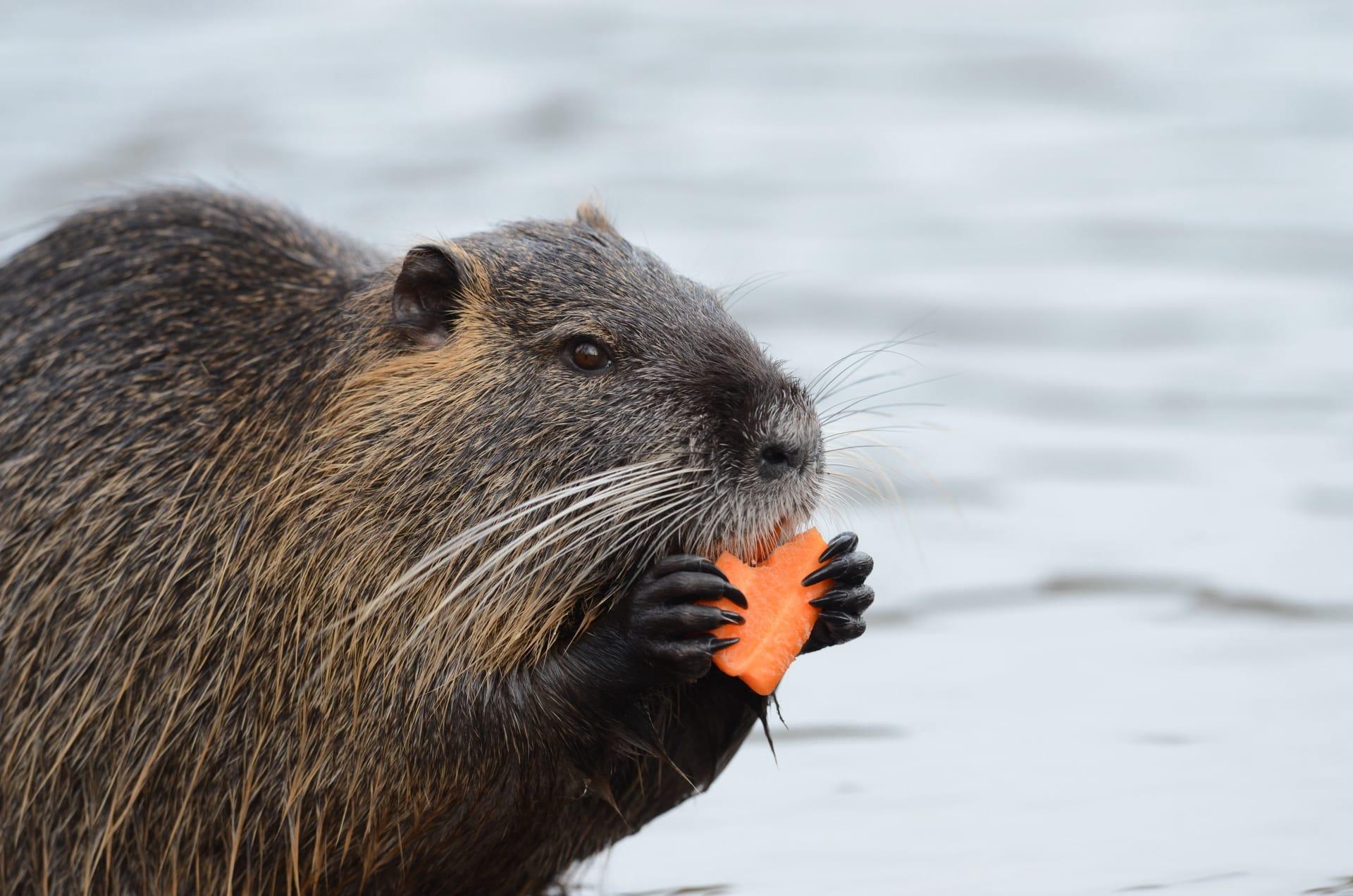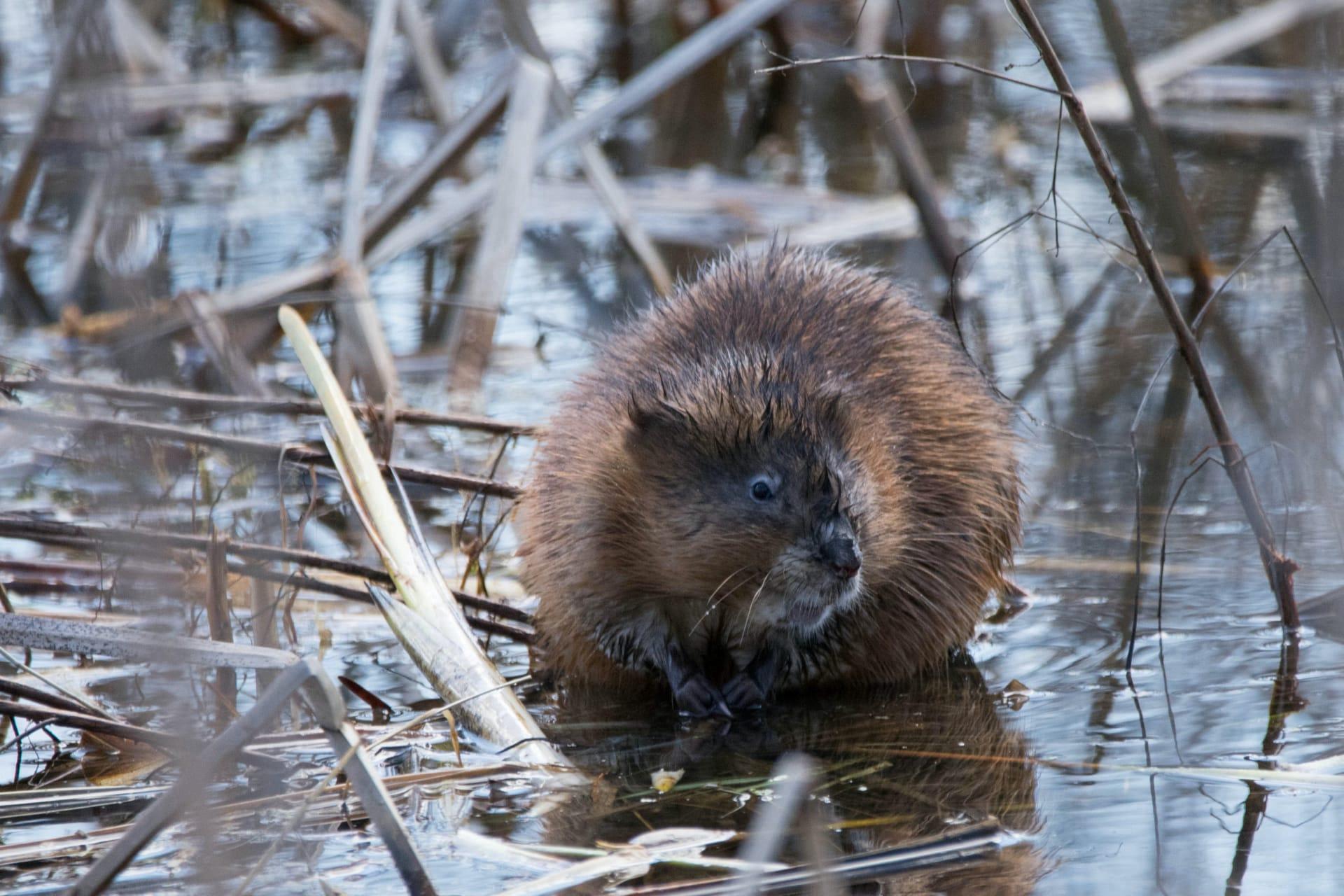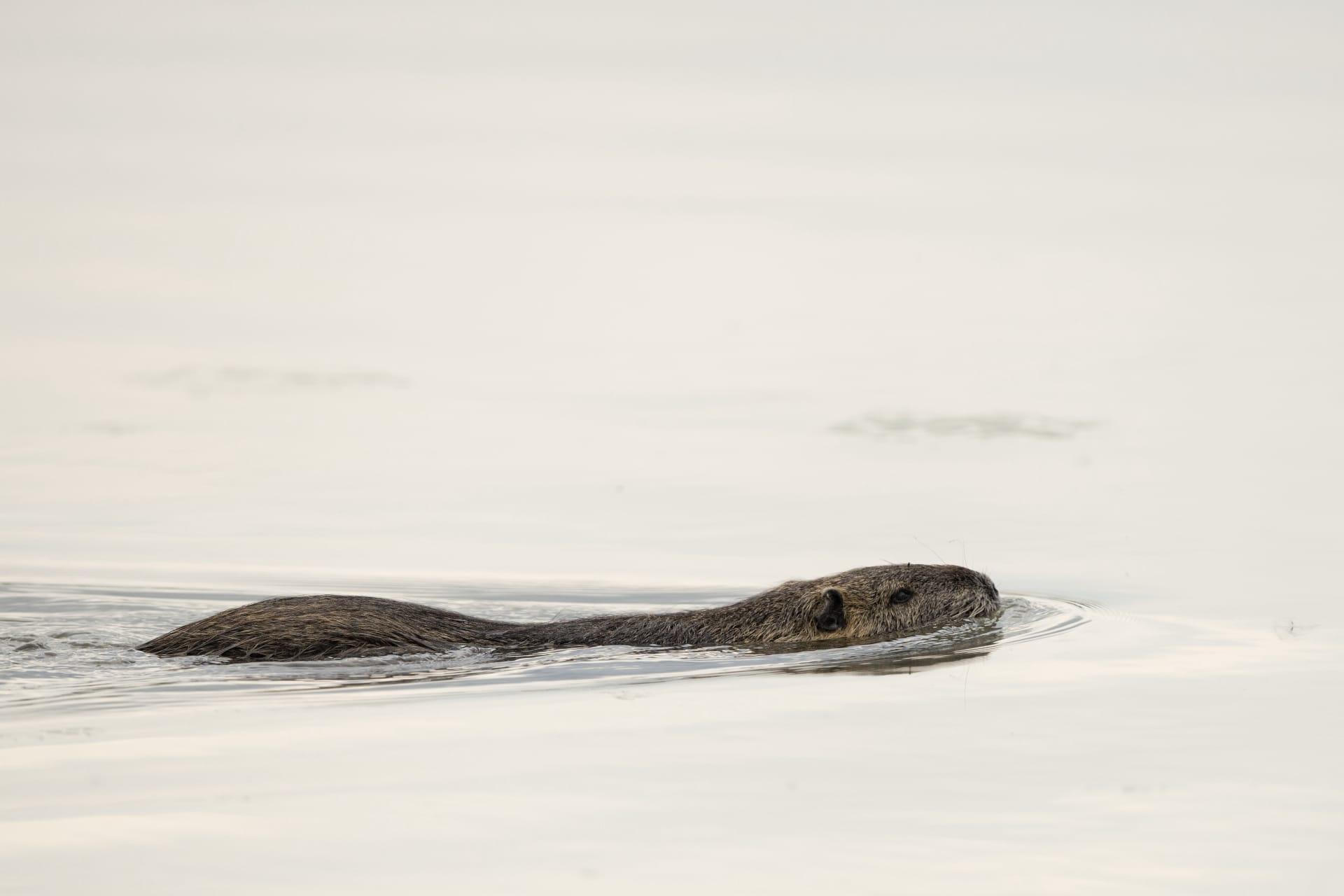Beaver
- Home /
- Mini Encyclopedia /
- Animal /
- Beaver
1
The North American beaver (Castor canadensis) and the Eurasian beaver (Castor fiber) are the two extant species of beavers. Belonging to the genus Castor, they are large, primarily nocturnal, semi-aquatic rodents. North American beavers are found in a variety of freshwater habitats, such as rivers, streams, lakes, and ponds. They are renowned for their dam-building abilities. The Eurasian beaver, similar in habits, was once widespread in Europe and Asia but was hunted extensively for fur and castoreum, a secretion used in perfumes and medicines.
Beavers have a wide range of distribution. The North American beaver inhabits parts of North America, extending from the northern parts of Canada down to the deserts of northern Mexico. The Eurasian beaver, on the other hand, was nearly driven to extinction but has since been reintroduced to much of its old range. It is now found in parts of Europe and Asia, including Norway, Poland, Germany, and China. Beavers thrive in environments with abundant trees like willows and aspens, which they use for building and food.

2
Question: Do beavers eat fish and other aquatic animals?
Answer: Contrary to popular belief, beavers are strict vegetarians. Their diet consists mainly of tree bark, cambium (the soft tissue that grows under the bark of a tree), and aquatic plants. Beavers have specialized teeth for gnawing on wood and a digestive system that can extract nutrients from tough plant materials. They do not eat fish or other aquatic animals. This misconception might arise from their strong association with aquatic environments and their skillful swimming abilities.

3
Beavers are known for their unique survival strategy, which involves altering their environment to suit their needs. They build dams to create a pond of still, deep water, which protects them from predators and allows them to access their food supply even in winter. These dams are constructed from cut branches and mud. Beavers also build lodges in the ponds they create, providing them with a safe, warm place to live, sleep, and raise their young.
Another key survival tactic of beavers is their ability to store food for the winter. They create food caches by sticking branches into the mud at the bottom of their ponds. This submerged stash of branches and logs stays fresh in the cold water and can be accessed even when the surface is frozen.

4
In ecosystems, beavers play a significant role as ecosystem engineers. Their dam-building activities create wetlands, which are among the most biologically productive ecosystems in the world. These wetlands provide habitat for a wide range of species, including fish, birds, and amphibians. The ponds also help in sediment retention, water purification, and flood control.
Beavers also influence forest dynamics. By felling trees for dam and lodge construction, they create openings in the forest canopy. This allows sunlight to penetrate to the forest floor, encouraging the growth of a diversity of plant species. Their activities can lead to increased biodiversity in forested ecosystems. Additionally, the felling of older trees by beavers can stimulate the growth of younger trees, contributing to the health and regeneration of the forest.

5
Film: "Leave it to Beavers" is a documentary from the United States, released in 2014. This PBS Nature film explores the world of beavers in North America. It highlights how these industrious animals transform and revitalize landscapes, creating homes and hunting grounds for a variety of wildlife, while also addressing challenges they face in the modern world.
Book: "Eager: The Surprising, Secret Life of Beavers and Why They Matter" by Ben Goldfarb, published in the United States in 2018, delves into the ecology and history of American beavers. Goldfarb reveals how these animals can be allies in restoring landscapes, combating climate change, and sustaining biodiversity.
Book: "Once They Were Hats: In Search of the Mighty Beaver" by Frances Backhouse, published in Canada in 2015, is a journey through the history, biology, and ecological impact of beavers. Backhouse explores how beavers have been regarded throughout history and their critical role in shaping the North American landscape.